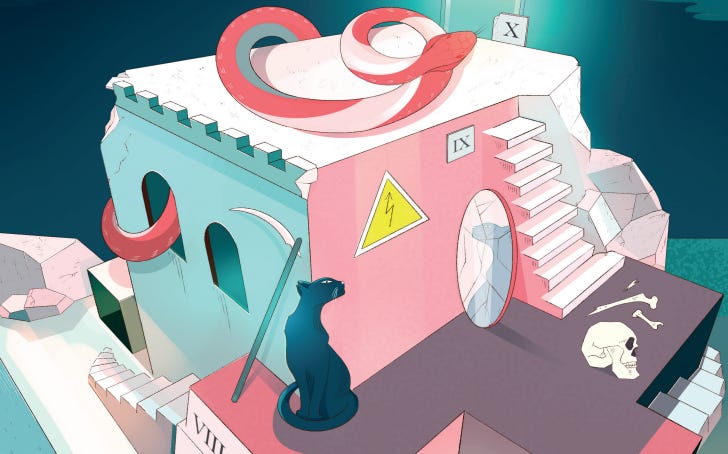The 2025 BBC Proms lineup was announced yesterday, and I’m happy to have an essay in this year’s festival guide, and even happier that I was asked to contribute something that touches on a few of my favorite subjects: classical mythbusting and general esoterica.
In this case, the myth to debunk was the Curse of the Ninth; the idea that composers are done in either while writing their Ninth Symphony or before they can complete their Tenth. Three such symphonies factor into this year’s Proms program: Beethoven, Bruckner, and Dvořák. Spoiler alert: the curse doesn’t hold up. Even among these three composers, Dvořák lived another 11 years after the premiere of his Ninth Symphony, “From the New World,” and seemed uninterested in working on another symphonic work, dedicating his final years to operas. He didn’t even consider the “New World” to be his ninth, based on a confusing system of cataloguing his works that I unravel a bit in the Proms essay.
Keep reading with a 7-day free trial
Subscribe to Critical Drift to keep reading this post and get 7 days of free access to the full post archives.


